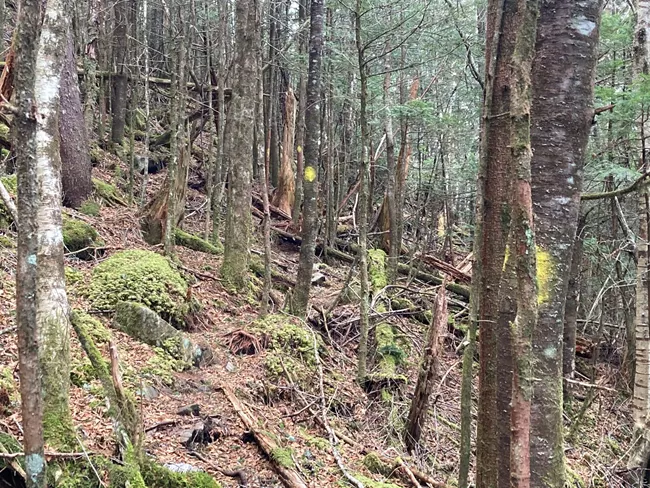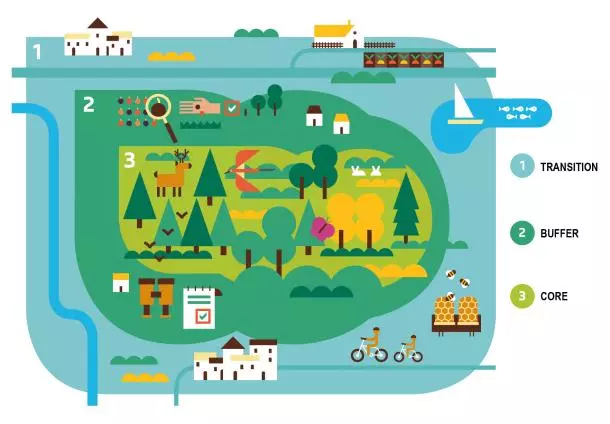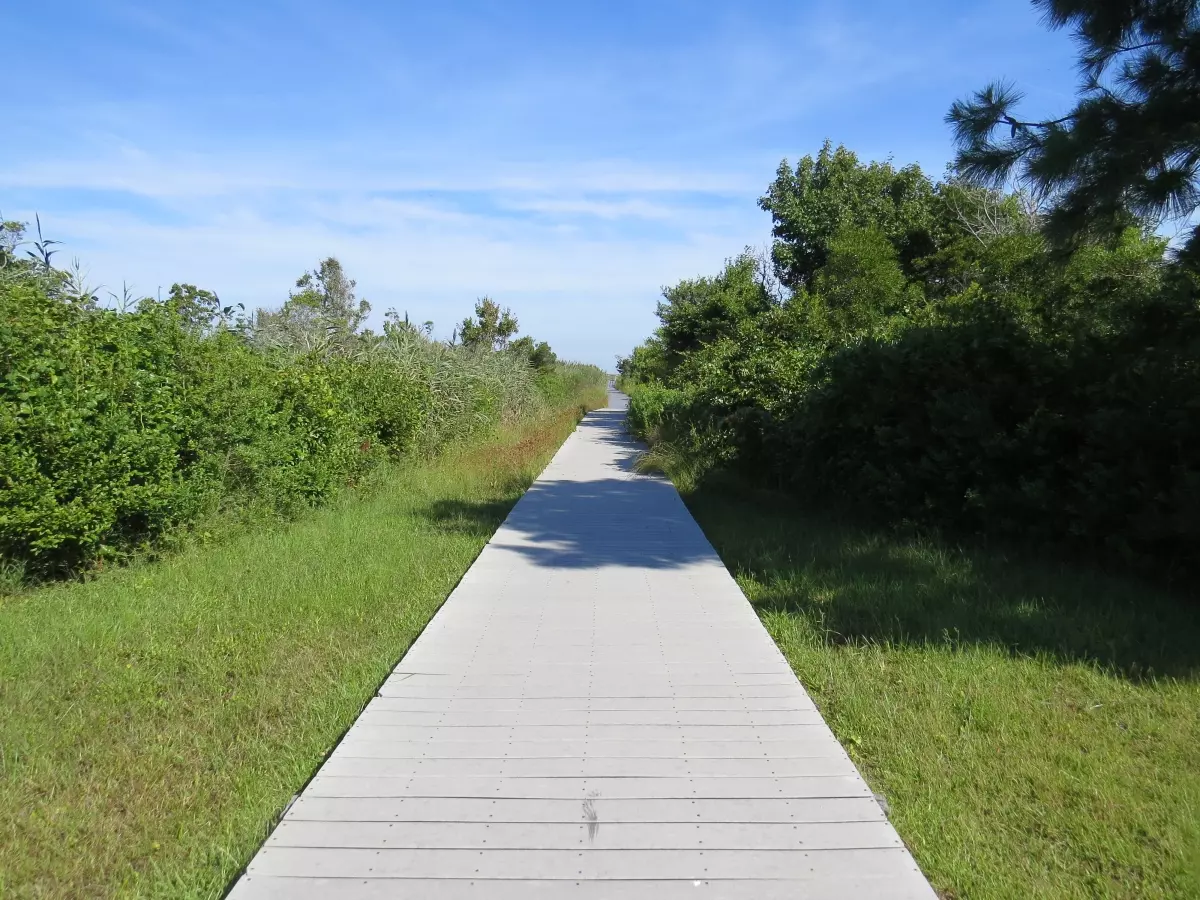IB Syllabus focus:
‘Ecotourism can fund protection and link livelihoods to biodiversity, but may cause ecological damage or social inequities; evaluate in a named protected area.’
Ecotourism is often promoted as a sustainable development strategy that benefits biodiversity and local communities. However, it carries both significant opportunities and potential risks when mismanaged.
Defining Ecotourism
Ecotourism: Environmentally responsible travel to natural areas that conserves the environment, sustains local community well-being, and involves interpretation and education.
Ecotourism differs from mass tourism because it emphasises low-impact activities, biodiversity conservation, and community involvement. It can be a powerful conservation tool when properly implemented.
Benefits of Ecotourism
Funding for Conservation
One of the most important benefits is its ability to generate revenue for conservation projects:
Entrance fees contribute to protected area management.
Tour operator licensing provides income to governments and NGOs.
Direct funding supports habitat restoration, anti-poaching patrols, and monitoring programmes.
Livelihoods for Local Communities
Ecotourism can integrate local people into conservation through:
Employment as guides, rangers, or lodge staff.
Development of community-run accommodation and craft markets.
Diversification of rural economies, reducing dependence on environmentally destructive activities such as logging or hunting.
Education and Awareness
Tourists and locals alike benefit from educational programmes linked to ecotourism:
Guided tours explain species behaviour, ecological processes, and conservation challenges.
Local schools may partner with ecotourism enterprises to strengthen environmental education.
Incentivising Biodiversity Protection
When communities receive tangible financial benefits, they are more motivated to preserve habitats. For example, maintaining wildlife populations becomes economically valuable through wildlife viewing and photographic safaris.
Risks of Ecotourism
Ecological Damage
Without proper regulation, ecotourism may lead to unintended environmental degradation:
Habitat disturbance through trail erosion, vehicle tracks, and trampling of vegetation.
Wildlife stress from noise, feeding, or overcrowding at viewing points.
Pollution from waste, sewage, or poorly planned infrastructure.
Unmanaged visitation can compact soils, erode trails, disturb wildlife and degrade vegetation through trampling.

Unauthorised “social trails” expose roots and compact soil, reducing infiltration and damaging vegetation. Such trampling indicators are used by managers to judge when controls (e.g., closures, rerouting, quotas) are needed. Source.
Social Inequities
Ecotourism does not always distribute benefits equally:
External operators may capture most profits, leaving local communities marginalised.
Employment opportunities may favour outsiders with higher education or language skills.
Cultural commodification can occur when traditions are performed solely for tourists.
Dependence on Tourism
Communities heavily reliant on ecotourism face vulnerability to:
Seasonal fluctuations in visitor numbers.
Global economic downturns reducing travel.
Political instability or pandemics disrupting tourism flows.
Case Study Approach
To fully evaluate ecotourism, the IB syllabus expects students to apply analysis to a named protected area. Considerations might include:
Positive outcomes: increased funding for conservation, stronger community involvement, rising species numbers.
Negative impacts: tourist overcrowding, cultural conflicts, income inequality.
Management Strategies for Sustainable Ecotourism
Zoning and Regulation
Protected areas often employ zoning systems to manage visitor impact:
Core conservation zones with strict access restrictions.
Buffer areas for controlled tourism activities.
Transition zones integrating local community livelihoods.
Zoning with core, buffer, and transition areas channels tourism to less sensitive places while protecting critical habitats.

Diagram showing the three interrelated zones of a UNESCO biosphere reserve: core areas for strict protection, surrounding buffer zones, and a transition area for sustainable use and community livelihoods. Zonation underpins visitor management and guides where ecotourism may occur with lowest ecological risk. Source.
Carrying Capacity Controls
Carrying Capacity: The maximum number of visitors that an environment can support without unacceptable degradation to the natural or social setting.
Visitor limits, quota systems, and booking permits are used to ensure sustainable numbers.
Infrastructure such as boardwalks, viewing platforms and designated trails reduces trampling and concentrates footfall.

A raised boardwalk channels visitors over sensitive wetland vegetation, reducing trampling and soil compaction while maintaining high-quality wildlife viewing. Such infrastructure supports ecotourism benefits with lower ecological cost. Source.
Certification and Standards
International standards such as the Global Sustainable Tourism Council (GSTC) provide guidelines on:
Minimising environmental footprints.
Promoting fair distribution of benefits.
Respecting local cultural traditions.
Community-Based Management
Community ownership of lodges, guiding services, or cooperatives ensures that profits remain local and decision-making reflects local priorities.
Balancing Benefits and Risks
For ecotourism to achieve long-term success, management must address the following:
How can economic benefits be equitably shared among stakeholders?
What mechanisms exist to enforce ecological limits and minimise damage?
To what extent do tourist activities align with the conservation goals of the protected area?
Ecotourism is thus both a potential tool for biodiversity conservation and a possible source of environmental and social disruption. Its outcomes depend heavily on governance, monitoring, and stakeholder cooperation.
FAQ
Ecotourism is a subset of sustainable tourism. It specifically focuses on nature-based experiences, biodiversity conservation, and direct community involvement. Sustainable tourism is broader, covering cultural, urban, and heritage tourism as well, with the goal of minimising impacts across all tourism sectors.
Success is often measured through:
Biodiversity outcomes, such as stable or increasing wildlife populations.
Economic benefits flowing to local communities.
Visitor satisfaction and awareness of conservation.
Independent certification bodies or NGOs sometimes assess projects to ensure they meet conservation and community goals.
Carrying capacity helps prevent ecological degradation caused by over-visitation. If visitor numbers exceed this threshold, impacts like soil compaction, waste accumulation, and wildlife stress intensify.
Effective management uses quotas, permit systems, or seasonal closures to align visitor pressure with ecological resilience.
Indigenous communities often provide traditional ecological knowledge, guiding principles, and cultural experiences.
Their involvement ensures conservation aligns with local practices and sustains livelihoods through employment, craft production, and land stewardship.
Technology offers tools to reduce impacts and improve monitoring:
Online booking systems regulate visitor flow.
Drones and GPS track habitat health and wildlife disturbance.
Renewable energy in lodges reduces reliance on fossil fuels.
These tools improve both conservation outcomes and visitor education.
Practice Questions
Question 1 (2 marks):
Define the term ecotourism and state one potential benefit it provides for biodiversity conservation.
Mark Scheme:
Definition of ecotourism as environmentally responsible travel to natural areas that conserves the environment and sustains local communities (1 mark).
One valid benefit identified, such as providing funding for conservation, creating incentives to protect habitats, or supporting biodiversity monitoring (1 mark).
Question 2 (5 marks):
Discuss the ecological and social risks of ecotourism in protected areas, and explain how management strategies can reduce these risks.
Mark Scheme:
Identification of at least one ecological risk, e.g., habitat disturbance, wildlife stress, or pollution (1 mark).
Identification of at least one social risk, e.g., unequal benefit distribution, cultural commodification, or overdependence on tourism (1 mark).
Explanation of why these risks arise (up to 1 mark).
Description of at least one management strategy (e.g., zoning, carrying capacity limits, boardwalks, or certification schemes) (1 mark).
Explanation of how the chosen strategy reduces risks (1 mark).

